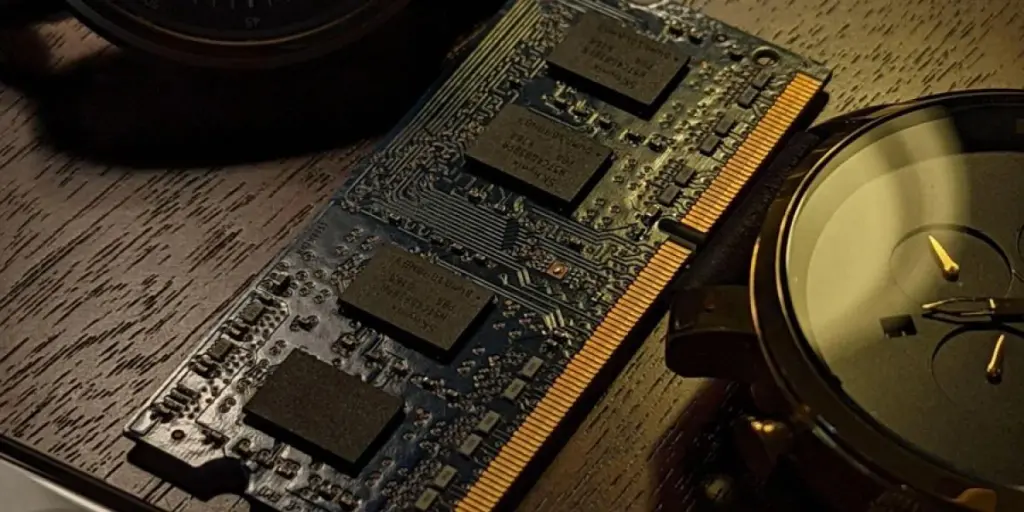In the rapidly evolving world of e-commerce, the cell phone LCD screen stands as a cornerstone product for many online retailers. As businesses pivot to meet the demands of a tech-savvy clientele, the right LCD screen can elevate user experience, drive repeat purchases, and solidify a retailer’s reputation for quality. For those in the industry, understanding the nuances of this product isn’t just beneficial—it’s essential.
Table of Contents
Understanding the evolution of cell phone usage
Key factors influencing LCD screen quality
Technologies powering tomorrow’s LCD screens
Conclusion
Understanding the evolution of cell phone usage
The rise of multi-device ownership

The digital landscape has witnessed a significant shift with consumers increasingly owning multiple devices. According to recent data, loyalty to brands like Apple is intensifying in the era of ‘multiple device ownership’. This trend has profound implications for online retailers, especially those in the cell phone LCD screen market. With consumers juggling between devices, the demand for high-quality screens that offer a consistent user experience across gadgets is on the rise.
The shift from replacement to repair

The consumer mindset is evolving. Gone are the days when a minor glitch or damage would prompt users to invest in a brand-new device. Today, the inclination is towards repairing, especially when it comes to premium devices. This shift is particularly evident in the realm of smartphones, where screen replacements have become a common solution. For online retailers, this underscores the importance of stocking up on quality LCD screens that cater to this growing demand.
Global trends in smartphone usage
Smartphone adoption and usage patterns vary across regions. While some areas witness a surge in brand loyalty, others are experiencing a diversification in device preferences. For instance, Apple’s dominance is evident in certain markets, making it a force to reckon with. On the other hand, platforms like Google and Microsoft face challenges in platform adoption, with their market shares seeing fluctuations. For online retailers, understanding these global trends is crucial. It not only informs inventory decisions but also shapes marketing strategies, ensuring they cater to the specific needs and preferences of varied demographics.
By grasping these evolving trends, online retailers can position themselves strategically, ensuring they cater to the dynamic needs of their target audience while staying ahead of the competition.
Key factors influencing LCD screen quality
The role of raw materials
The foundation of any high-quality LCD screen lies in the raw materials used in its production. According to industry insights, the source and quality of these materials can significantly impact the screen’s performance, durability, and overall user experience. For instance, the use of subpar materials can lead to issues like the Dirty Screen Effect, a common problem stemming from the manufacturing of an LCD panel. For online retailers, ensuring that their suppliers prioritize top-grade raw materials is paramount. This not only guarantees customer satisfaction but also reduces potential returns and complaints.
Production environments: More than just manufacturing

Beyond the materials, the environment in which LCD screens are produced plays a pivotal role in determining their quality. A controlled production setting, characterized by dust-free workshops, optimal humidity levels, and stringent anti-static treatments, ensures that each screen meets the highest standards. Such environments minimize the risk of defects and inconsistencies, leading to a product that stands out in a competitive market.
Quality checks: Ensuring consistency and reliability
In the realm of LCD screens, rigorous testing and quality assurance are non-negotiable. According to market trends, there’s an increasing demand for display panels with high resolution, fast response time, and superior picture quality. To meet these expectations, each screen must undergo a series of checks to identify and rectify any anomalies. For online retailers, partnering with manufacturers who prioritize these checks can be a game-changer, ensuring that every product they sell resonates with quality.
Packaging: The unsung hero
While often overlooked, packaging plays a crucial role in the LCD screen supply chain. Given the delicate nature of these screens, proper packaging is essential to prevent damage during transit. According to industry best practices, the packaging should not only be robust but also designed to cushion and protect the screen from any external pressures. For online retailers, this translates to fewer damaged goods, reduced return rates, and a reputation for delivering products in pristine condition.
By understanding and emphasizing these key factors, online retailers can ensure they offer LCD screens that not only meet but exceed customer expectations, setting them apart in a crowded marketplace.
Technologies powering tomorrow’s LCD screens
G+G, G+F+F, OGS: What do they mean?
G+G, G+F+F, and OGS are not just random acronyms but represent the forefront of LCD screen technologies. G+G, or Glass-to-Glass, is a technology where both the touch sensor and the cover lens are made of glass. This results in a higher-quality display and a more responsive touch experience. On the other hand, G+F+F, or Glass-to-Film-to-Film, uses a combination of glass and film. This makes the screens thinner and more flexible, but it might compromise on the touch sensitivity. OGS, or One Glass Solution, merges the touch sensor and the cover lens into a single piece of glass, leading to a slimmer design without compromising on quality. According to recent data, these technologies have significantly enhanced screen quality and user experience.
The future: In-cell and on-cell

The horizon of LCD technology is bright with the emergence of In-Cell and On-Cell technologies. In-cell integrates the touch sensor inside the liquid crystal cells, which means fewer layers and a thinner screen. This not only improves the display quality but also reduces the cost of production. On-Cell, meanwhile, places the touch sensor on top of the liquid crystal cells. This technology is gaining traction for its ability to deliver vibrant colors and sharper images. For online retailers, these technologies promise better quality screens at competitive prices, making them a lucrative option for future inventory.
Global adoption rates of LCD technologies
Different regions have their preferences when it comes to LCD technologies. While some areas prioritize cost-effectiveness, others might lean towards the latest innovations. Recent insights reveal that In-Cell and On-Cell technologies are seeing a rapid adoption in North America and Europe. Meanwhile, G+G remains popular in Asian markets due to its superior touch experience. As the global market diversifies, understanding these adoption rates becomes pivotal for online retailers to cater to varied customer preferences.
Conclusion
The cell phone LCD screen market is dynamic, with technologies constantly evolving to offer better user experiences. For online retailers and business professionals, staying informed about these advancements is not just a matter of staying relevant but also of ensuring sustained growth. Making data-driven decisions, based on the latest trends and technologies, will position businesses at the forefront of this competitive industry. As the market continues to grow and change, those who adapt and innovate will undoubtedly reap the most rewards.








